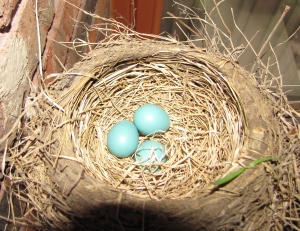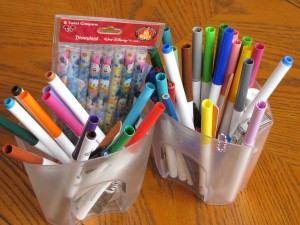
I can’t believe it’s June already. We had every kind of weather in May from snow to a heat wave with thunderstorms, high winds and hail in between. I’m hoping that June calms down a little–and not just here, but for those other parts of North America that have already had enough destructive weather to last a lifetime.Here are the writing prompts for June. If you don’t find any of these inspiring, you can find lots to write about at the Writing Prompts tab above, too. Hope you have a creative month!
1. Use one, some, or all of these words in a story or poem.
a) music, heart, fear, jacket, flower, door
b) basket, park, jewel, mirror, thunder, hope
2. Here are some opening lines for your story.
a) Jenny smelled like cookies.
b) It was only 8:30, and already I knew I should have stayed in bed.
c) Red cars are best.
d) The wind moaned in the chimney.
e) Flat tires aren’t funny.
3. Some things I think of when I think of June. Maybe they’ll inspire a story or poem.
weddings, the longest day, summer solstice, “June is busting out all over,” June bride, D-Day, Juno, school’s out, June bug, report cards, graduation, Father’s Day, midsummer, taking off the first hay, fresh mown grass, bird song, gardens, planting, change.
4. Here are some lines of dialogue that you can use to create a story.
a) I’ve had enough
Enough what?
Enough you.
b) I’ve stepped in something
You’re right. Now, keep moving.
What is it?
You don’t want to know.
c) There’s a light flashing.
Don’t worry. It’s only a problem if it’s red.
It’s red.
5. The year is nearly half over. Where are you with the resolutions you made in January? Is it time to make some new ones? Are you making progress? Are New Year’s resolutions just dumb anyways?
Hope you have fun with these prompts and find some joywriting time for yourself in the next 30 days!


